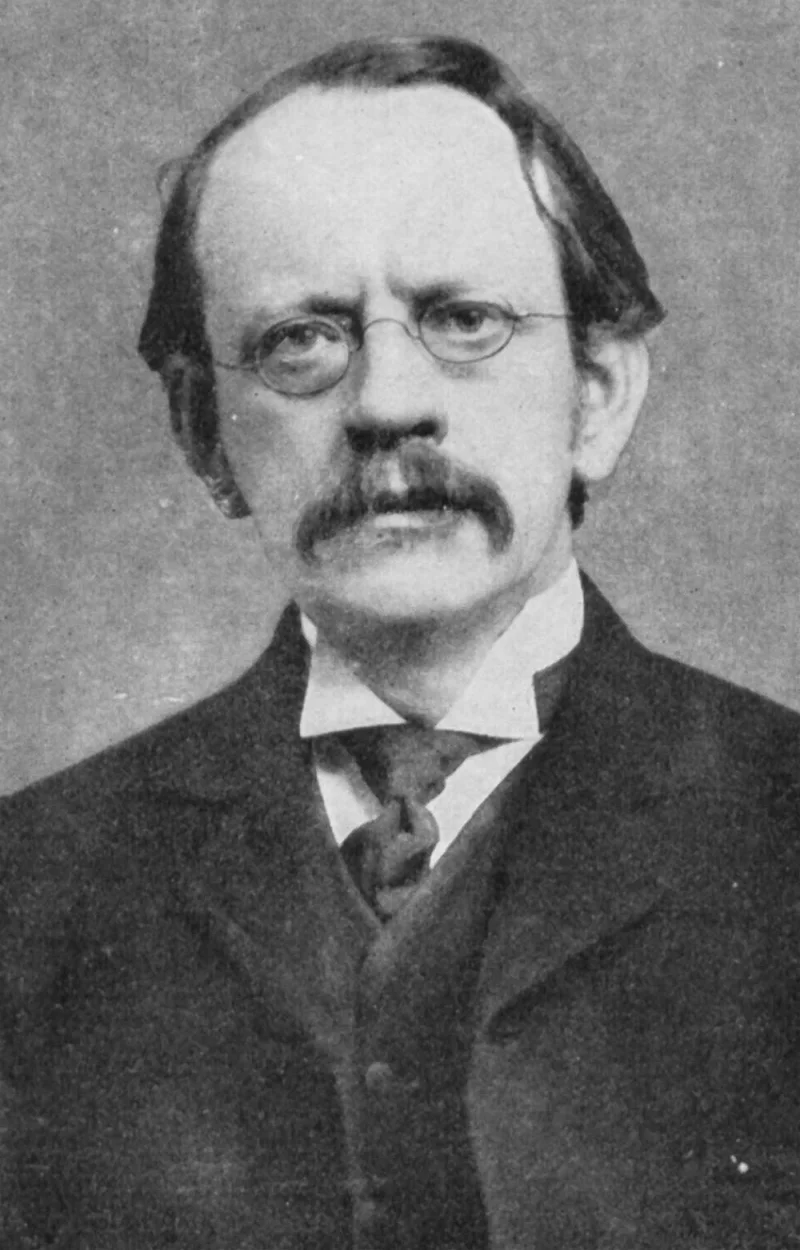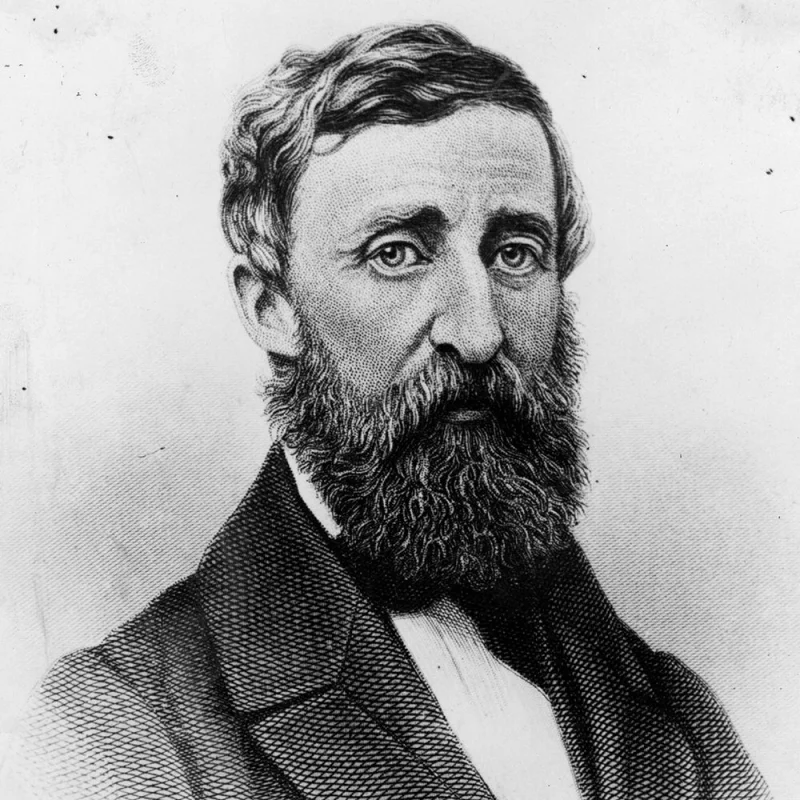Short Summary
J. J. Thomson was a pioneering physicist best known for his discovery of the electron, which revolutionized the understanding of atomic structure. His work earned him the Nobel Prize in Physics in 1906, and he was instrumental in advancing the field of experimental physics. Thomson's research laid the foundation for modern atomic physics and contributed significantly to the development of technologies based on electron theory.
Early Life & Education
Joseph John Thomson was born on December 18, 1856, in Cheetham Hill, Manchester, England. He was the son of a bookseller, which gave him access to a wealth of knowledge from a young age. Thomson attended Owens College, Manchester, at the age of 14, where he demonstrated remarkable aptitude in mathematics and physics. In 1876, he moved to Trinity College, Cambridge, where he excelled academically, earning a Bachelor of Arts degree in mathematics. His early exposure to scientific literature and his education at prestigious institutions played a crucial role in shaping his future career as a physicist.
Career Highlights
Thomson's career took off when he became a professor of experimental physics at the Cavendish Laboratory, Cambridge, in 1884. During his tenure, he conducted groundbreaking research on cathode rays, leading to the discovery of the electron in 1897. In addition to his work on atomic structure, he made significant contributions to the study of electrical conduction in gases. His leadership at the Cavendish Laboratory transformed it into a leading center for experimental physics, mentoring many future Nobel laureates. Thomson's innovative experiments and theoretical insights were instrumental in advancing the understanding of atomic and subatomic processes.
Major Achievements
- Discovery of the Electron: Identified the electron as a fundamental subatomic particle in 1897.
- Nobel Prize in Physics: Awarded in 1906 for his investigations of the conduction of electricity by gases.
- Development of the Plum Pudding Model: Proposed an early model of atomic structure with electrons embedded in a positive "soup."
- Influence on Future Scientists: Mentored several students who later won Nobel Prizes, including Ernest Rutherford.
Famous Quotes
- "The discovery of the electron has changed the face of physics and has opened a new era in the study of the fundamental properties of matter."
- "To the electron—may it never be of any use to anybody!"
Interesting Facts
- Thomson's discovery of the electron was initially met with skepticism by the scientific community.
- He was knighted in 1908 for his contributions to science.
- His son, George Paget Thomson, also won a Nobel Prize in Physics, making them one of the few father-son pairs to do so.
- He served as Master of Trinity College, Cambridge, from 1918 to 1940.
Legacy / Influence
Thomson's discovery of the electron marked a turning point in the field of physics, fundamentally altering the scientific community's understanding of atomic structure. His work paved the way for future research in quantum mechanics and nuclear physics. The impact of his discoveries continues to resonate in contemporary science and technology, influencing areas as diverse as chemistry, electronics, and medical imaging.
FAQ
Q: Why is J. J. Thomson famous?
A: He is famous for discovering the electron, a fundamental subatomic particle, and for his contributions to atomic theory.
Q: What model of the atom did Thomson propose?
A: He proposed the Plum Pudding Model, which depicted electrons embedded in a positively charged "soup."
Q: Did J. J. Thomson receive any awards for his work?
A: Yes, he received the Nobel Prize in Physics in 1906 for his research on the conduction of electricity in gases.
Q: What role did Thomson play at the Cavendish Laboratory?
A: He served as a professor of experimental physics and significantly advanced the research output of the laboratory.













